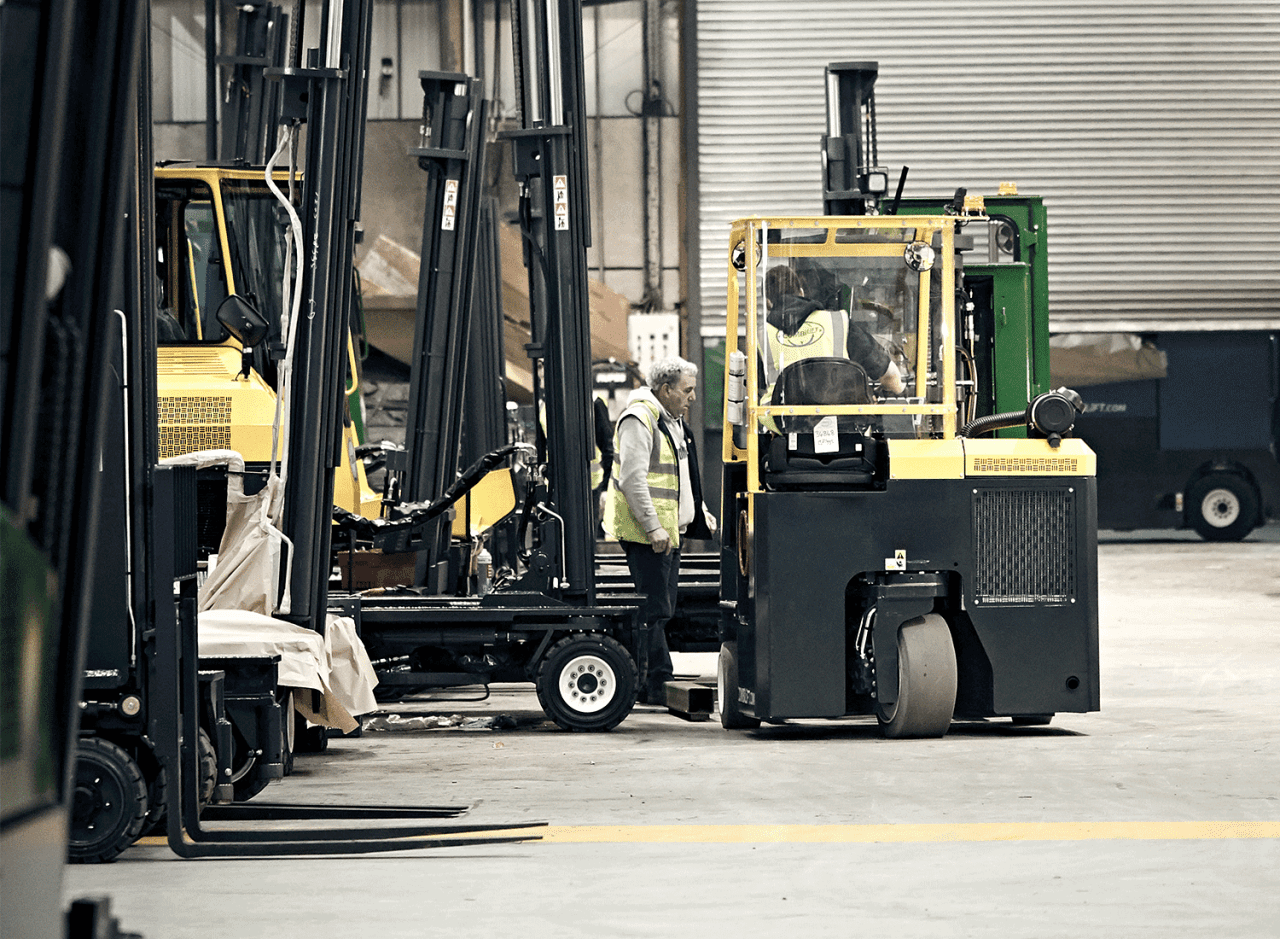“For our customers innovation is crucial. They win contracts based on performance and fuel efficiency, but noise is also a key criteria. That is where we come in.”
– Darren Fortune, Managing Director, Ventac
Key Takeouts:
Case Study: Ventac
Ventac, a recipient of Enterprise Ireland’s RD&I funding, was named overall winner and Manufacturer of the Year at the National Small Business Awards 2017. The company supplies noise control solutions for commercial vehicles such as bus and coach, agricultural and industrial machinery and specialist machinery including truck-mounted refrigeration units and forklifts.
Ventac has overseas offices in the Netherlands, the Czech Republic and Turkey, and plans to open an office in the United States next spring. 70 percent of Ventac’s products are exported, mostly to original equipment manufacturers in Europe. Customers include Combilift, Terex (construction vehicles), Hyster-Yale (forklifts), Zetor Tractors and Alexander Dennis (bus manufacturer). “In Europe our market is driven by noise legislation,” says Fortune, “but new legislation is coming out in the US and our existing European customers see North America as a target market.”
“For our customers innovation is crucial,” he adds, “they win contracts based on performance and fuel efficiency, but noise is also a key criteria. That is where we come in. ”Ventac needs to generate new materials and products to reduce noise in vehicles, adapting the solutions for specific noise frequencies. For example, it redesigned the wheel arch insulation in tractors from a Czech manufacturer and reduced noise by 50 percent inside the vehicle. While a traditional solution might be to fit a quilt to the wheel arch, Ventac is now looking to go one step further: “We are asking why the wheel arch can’t be better acoustically. We are developing that type of product.”
Ventac sees a big future for electric vehicles, not just cars but also buses, coaches, forklifts and other commercial vehicles. Electric motors generate higher frequency noises than those of internal combustion engines and therefore require new materials. “You need different materials to treat that noise source,” Fortune explains, and Ventac has put its expertise on the case.
In 2012, the company received RD&I funding from Enterprise Ireland to develop a brush cover for road-sweeping vehicles with reduced noise, and a new floor for buses and trucks that sandwiched acoustic polymer material between thin layers of plywood. This floor was 40 percent lighter than current bus floors; for ease of manufacturing, Ventac is working to substitute the wood component.
“We are now looking to make a composite plastic that would reduce noise for passengers and reduce vehicle weight,” Fortune explains. Due to the product’s potential, Enterprise Ireland supported an Innovation Partnership between Ventac and the Irish Centre for Composites Research (iComp) at the University of Limerick.
“R&D funding has been fundamental in helping Ventac develop new products for different customers in European markets,” says Fortune. “This focus on R&D and innovation at Ventac has enhanced our reputation in our target market as an innovative solution provider.”
Ventac boasts a special acoustic laboratory where it can test mock-ups of materials and parts, and create tailored solutions. Customers can hear and measure the resulting noise reduction at their own sites or at the Blessington testing facility.
“It is a real show stopper,” says Fortune, “when we bring clients from Europe and show them our manufacturing facility and then our acoustic laboratory.” Ventac has grown from around 30 employees in 2013 to 50 today. Exports for 2017 were just under €3 million. Next spring, Ventac will open an office in South Carolina to take advantage of an automotive cluster around South Carolina, North Carolina and Virginia.



